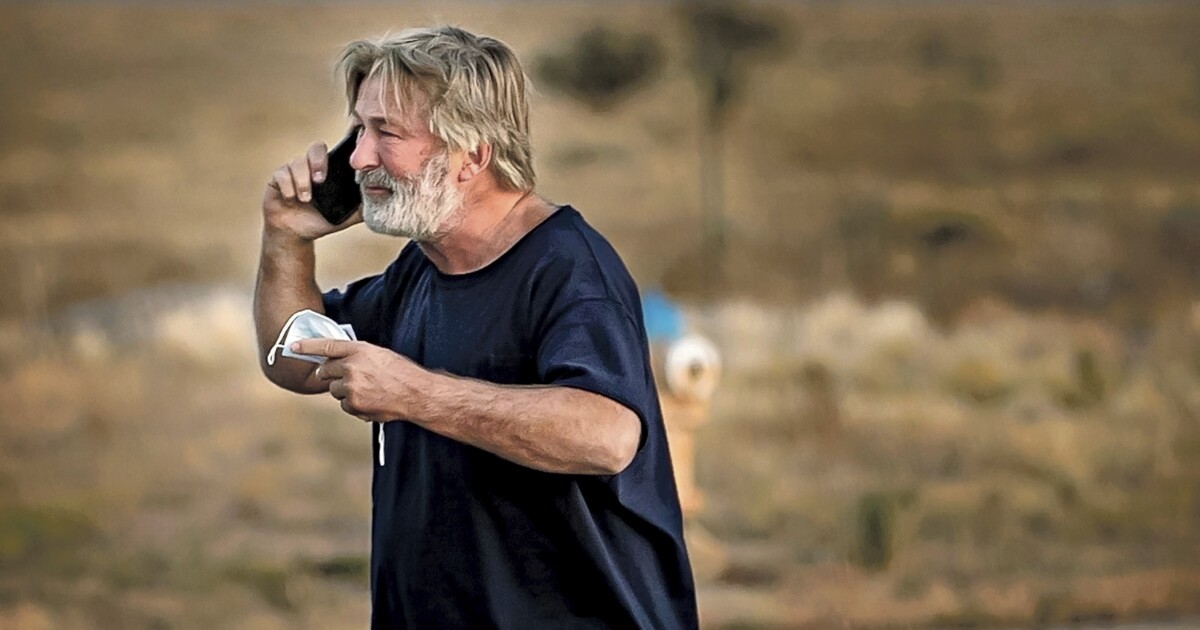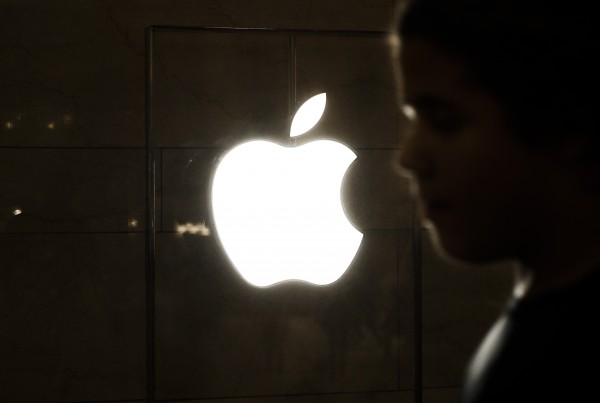Why "Near Miss" is a linguistic bullseye
In a recent discussion, a friend makes the repeated claim that "near miss" is a nonsensical term, and should instead be "near hit". In the context in which the term arose, and in much of its present usage, that is incorrect.
As Mirriam-Webster notes, "near miss" rose in prominance during World War II: "In war usage, a near miss was something that still very much had a destructive consequence."
Again, the distinction "near miss" makes is not vs. "hit", but vs. "far miss". The latter isn't a term so far as I'm aware, but relates to relative risk and peril. A distant peril isn't something to be concerned about, a nearby peril is. In warfare, and in comlex technological operations, a near miss is a sign that although direct harm was avoided, the danger was imminent.
Aircraft passing at, say, 10 miles separation is considerably different from passing at 1 mile separation. At 600 mph, 10 miles is still 60 seconds of travel. One mile is 6 seconds separation. Closure occurs quickly, and most critically, in the sky, as at sea, without frames of reference, it is very difficult to visually detect motion when on a collision course. The thing that's going to hit you isn't moving rapidly across your field of view, it is staying in the same position. It eventually starts getting larger, but only in the moments before impact. Our eyes and visual cortices weren't evolved to deal with that. This is why air traffic control (and sea traffic control) prefers to operate with what seem to the layperson to be absurdly large separation distances. Yes, the spatial distance is large, but the temporal distances are not. In the case of ships, it's time vs. reaction speed --- a containership or bulk crude carrier which takes several km to stop or change course requires a commensurately long navigational planning horizon.
(This raises all kinds of interesting questions about avian navigation and visual processing, particularly amongst flocking birds, as well as prey/predator birds. Occurring to me as I write this.)
In industrial safety, a key tracking point isn't simply accidents, but excursions and deviations --- variations outside normal or permitted parameters. A deviation is a "far miss". An excursion is a "near miss". If those are trending upwards, or appearing with a regular consistency, even if you have not yet had an accident, you have a very large problem Much of Charles Perrow's work concerns just this point, especially the "normalisation of deviance".
Per Wikipedia:
OSHA defines a near miss as an incident in which no property was damaged and no personal injury was sustained, but where, given a slight shift in time or position, damage or injury easily could have occurred. Near misses also may be referred to as near accidents, accident precursors, injury-free events and, in the case of moving objects, near collisions.
https://en.wikipedia.org/wiki/Near_miss_(safety)
Citing "Everybody gets to go home in one piece" --- How reporting close calls can prevent future.
When these incidents take place on the job, it can serve as a warning that a serious incident is waiting to happen.
In warfare, a "near miss" indicates that the enemy probably has a good idea as to where you are. Your concealment, camouflage, maneuver, etc., are no longer effective, and it's only a matter of time or aiming variance before you're hit. A near miss is actionable information. And you'd best act on it.
In my own technical career, I've seen multiple instances where disaster was averted not by situational awareness or careful planning, but by a fortuitous accident. A case from the news in recent years was when the shipping concern Maersk saw its entire Microsoft Active Directory configuration wiped from every server and workstation online by the NotPetya worm. I said "online", because there happened to be one copy offline, due to the locally-unreliable power grid, in Lagos, Nigeria. In this case, poor national infrastructure reliability proved to be a critically-useful corporate asset. This wasn't good planning, howerver. It was a near miss.
https://www.csoonline.com/article/3444620/rebuilding-after-notpetya-how-maersk-moved-forward.html
Language is not strictly logical, determinative, or consistent. It is socially constructed within a specific context to convey useful information. As in the case of "near miss".
And that is why the term is useful and accurate within the context it originated.
#NearMiss #Risk #Safety #Language




/cloudfront-us-east-1.images.arcpublishing.com/tgam/Q4RHKGYNF5PSJGCLS42GRVXB3M.JPG)







